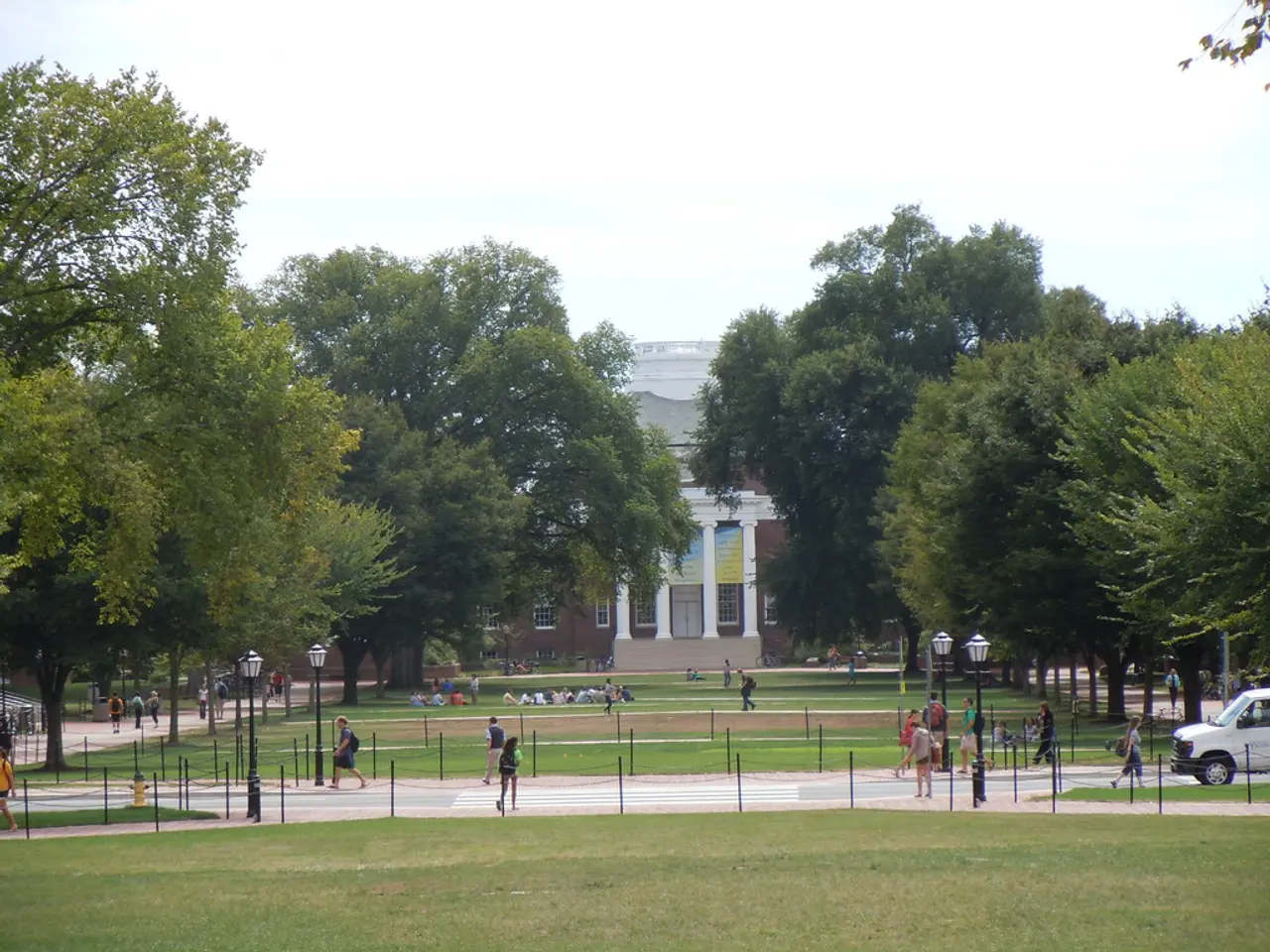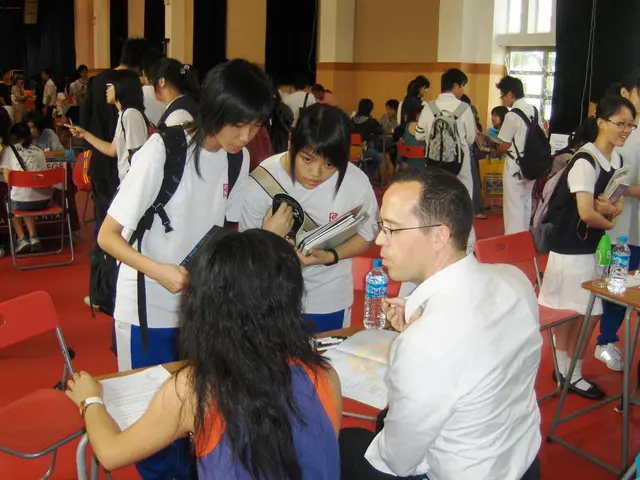Russia Overhauls Higher Education: Mandatory Service, New Model, Redistributed Quotas
The Russian government is implementing significant changes in its higher education system. Starting in 2026, the government will oversee the redistribution of quotas for paid spots in universities. Meanwhile, a new higher education model is set to launch in 2027, although specific details remain unclear.
Minister Irek Fayzullin has proposed mandatory service for students of construction universities studying on a budget basis. This move aims to address potential staffing issues in the housing and utilities sector. Fayzullin also suggested that graduates across various fields work for some time after completing their studies.
In 2024, the Ministry of Education proposed a fixed interest rate of 3% per annum for educational loans in certain professions. The Ministry of Health, meanwhile, proposed that medical graduates work for a minimum of three years or face a fine of approximately 3.5 million rubles. This decision aims to tackle the current shortage of doctors and middle-level medical personnel in Russia's healthcare industry.
In 2025, 79% of first-year students in Russian humanities universities studied on a paid basis, indicating a shift in funding dynamics within the education sector.
The Russian government's reforms in higher education include redistributing quotas for paid university spots, implementing a new education model, and proposing mandatory service for certain graduates. These changes aim to address staffing shortages and funding dynamics within the education sector.
Read also:
- Nissan Unveils Advanced Digital Tools, Bolsters Cyber Security at Industry Event
- Comprehensive Cancer Care Strategy Encompassed by Siemens Healthineers Entirely
- Federal solar energy initiatives among Wyoming's tribal communities face varying outcomes following the Trump Administration's withdrawal of funding.
- Exploring Hemp Insulation: Is This Eco-Conscious Solution Worthwhile for Your Construction Project?





